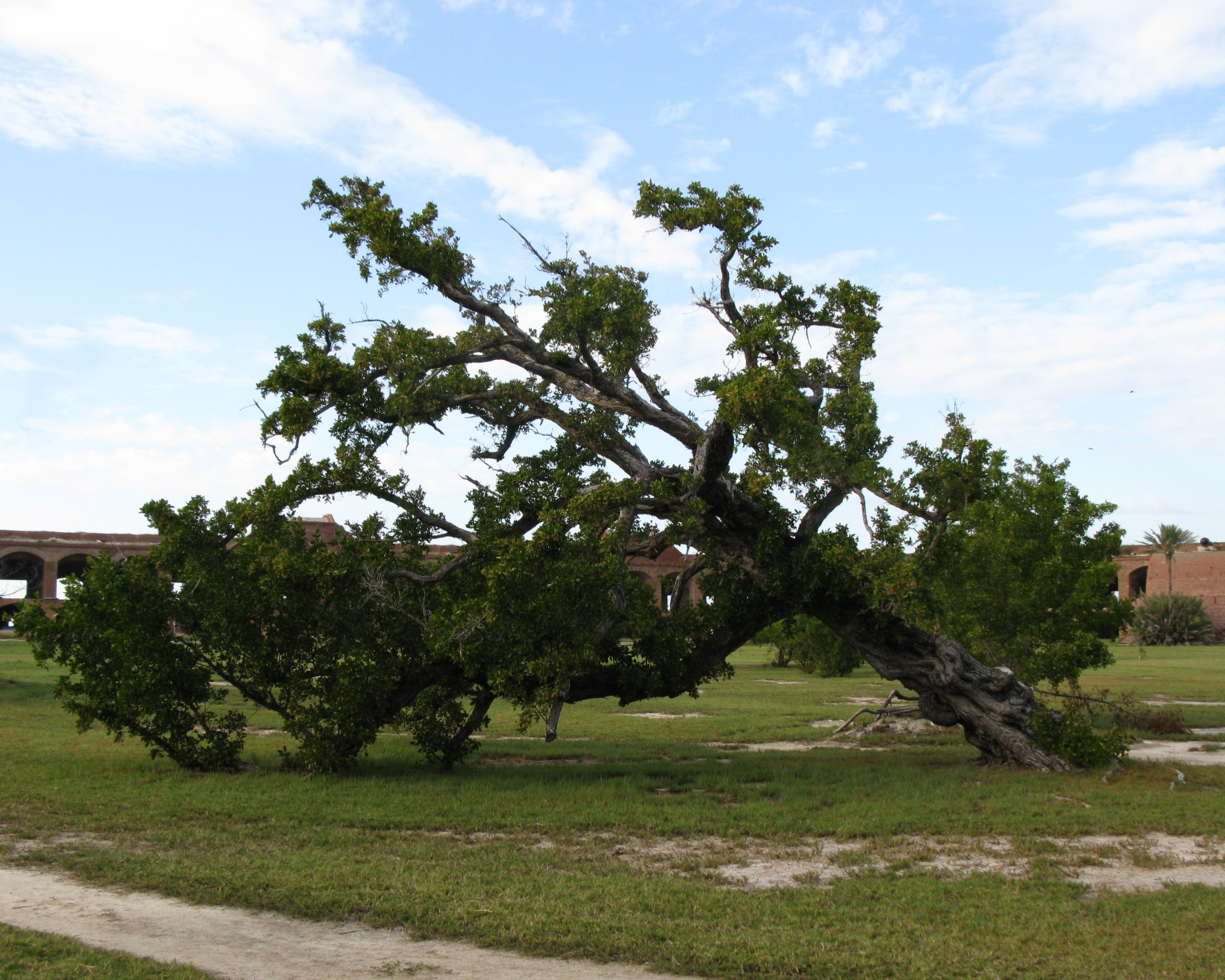|
Buttonbush , disambiguation page
{{Plant common name ...
Buttonbush is a common name for several plants and may refer to: *''Cephalanthus'', a genus of shrubs or small trees in the madder family, Rubiaceae, especially: **''Cephalanthus occidentalis'', the common ''Cephalanthus'' species in eastern North America **'' Cephalanthus salicifolius'', Mexican buttonbush, in western North America *''Conocarpus'', a genus of two species of dense multiple-trunked shrubs or small to medium-sized trees in the family Combretaceae, native to tropical regions See also *''Ledaea perditalis'', the buttonbush owlet moth *Buttonwood Buttonwood or Buttonwoods may refer to: * "Buttonwood", a finance column in ''The Economist'' * Buttonwood Agreement, 1792 effort to organize securities trading that created the predecessor of the New York Stock Exchange Plants Buttonwood or bu ... [...More Info...] [...Related Items...] OR: [Wikipedia] [Google] [Baidu] [Amazon] |
Cephalanthus Occidentalis
''Cephalanthus occidentalis'' is a species of flowering plant in the family Rubiaceae that is native to eastern and southern North America. Common names include buttonbush, common buttonbush, button-willow, buck brush, and honey-bells. Description ''Cephalanthus occidentalis'' is a deciduous shrub or small tree that averages in height, but can reach . The leaf, leaves are opposite or in whorls of three, elliptic to ovate, long and broad, with a smooth edge and a short Petiole (botany), petiole. The flowers are arranged in a dense spherical inflorescence in diameter on a short Peduncle (botany), peduncle. Each flower has a fused white to pale yellow four-lobed Corolla (flower), corolla forming a long slender tube connecting to the sepals. The gynoecium, stigma protrudes slightly from the corolla. The fruit is a spherical cluster of achenes (nutlets). File:Cephalanthus occidentalis 15-p.bot-cepha.occi-08.jpg, Leaves opposite or in whorls of three; inflorescences may be in clus ... [...More Info...] [...Related Items...] OR: [Wikipedia] [Google] [Baidu] [Amazon] |
Cephalanthus
''Cephalanthus'' is a genus of flowering plants in the Family (biology), family Rubiaceae. There are five Extant taxon, extant species that are commonly known as buttonbush. Description They are shrubs or small trees growing to tall. The leaf, leaves are simple, arranged in opposite pairs or whorls of three. The flowers form a dense globular inflorescence. Distribution and habitat ''Cephalanthus occidentalis'' is Indigenous (ecology), native to the eastern United States and Canada. The others Range (biology), occur in Tropics, tropical regions of the Americas, Africa and Asia. Two species are known in Gardening, cultivation.Huxley AJ et al. (eds.) ''The New Royal Horticultural Society Dictionary of Gardening.'' The Macmillan Press Limited, London; The Stockton Press, New York. 1992. Systematics ''Cephalanthus'' was Botanical name, named by Carl Linnaeus, Linnaeus in ''Species Plantarum'' in 1753. The Genus#Generic name, generic name is Etymology, derived from the Ancient Greek ... [...More Info...] [...Related Items...] OR: [Wikipedia] [Google] [Baidu] [Amazon] |
Cephalanthus Salicifolius
''Cephalanthus'' is a genus of flowering plants in the family Rubiaceae. There are five extant species that are commonly known as buttonbush. Description They are shrubs or small trees growing to tall. The leaves are simple, arranged in opposite pairs or whorls of three. The flowers form a dense globular inflorescence. Distribution and habitat ''Cephalanthus occidentalis'' is native to the eastern United States and Canada. The others occur in tropical regions of the Americas, Africa and Asia. Two species are known in cultivation.Huxley AJ et al. (eds.) ''The New Royal Horticultural Society Dictionary of Gardening.'' The Macmillan Press Limited, London; The Stockton Press, New York. 1992. Systematics ''Cephalanthus'' was named by Linnaeus in ''Species Plantarum'' in 1753. The generic name is derived from the Ancient Greek words κέφαλη (''kephale''), meaning "head", and ἄνθος (''anthos''), meaning "flower". Taxonomy ''Cephalanthus'' is the most basal genus in ... [...More Info...] [...Related Items...] OR: [Wikipedia] [Google] [Baidu] [Amazon] |
Ledaea Perditalis
''Ledaea perditalis'', the buttonbush owlet or lost owlet moth, is a moth in the family Erebidae. The species was first described by Francis Walker in 1859. It is found in North America from the Great Lakes states, Quebec and northern New England, south to Florida and Texas. The wingspan is 23–26 mm. Adults are on wing from April to August in the south and from May to August in the north. There are one to three generations per year. The larvae feed on ''Cephalanthus'' species and ''Scirpus cyperinus ''Scirpus cyperinus'', commonly known as woolgrass, is an emergent wetland herb that is native to the eastern United States and eastern Canada. Other common names include cottongrass bulrushPangraptinae [...More Info...] [...Related Items...] OR: [Wikipedia] [Google] [Baidu] [Amazon] |
Conocarpus
''Conocarpus'' is a genus of two species of flowering plants in the family Combretaceae, native to tropical regions of the world. One of the species is a widespread mangrove species, and the other is restricted to a small area around the southern Red Sea coasts, where it grows alongside seasonal rivers. They are dense multiple-trunked shrubs or small to medium-sized trees from 1 to 20 m tall. The generic name is derived from the Greek words κονος (''konos''), meaning "cone" and καρπος (''karpos'') meaning "fruit". Distribution ''C. erectus'' is native to the coasts of tropical America from Bermuda, the Bahamas, and southern Florida through the West Indies, from Mexico south on the Gulf of Mexico, Caribbean, and Atlantic Coasts to Brazil, and on the Pacific Coast from Mexico to Peru, including the Galapagos Islands, and on the coast of western Africa from Senegal to the Democratic Republic of the Congo. It has been rarely introduced elsewhere. ''C. lancifolius'' is n ... [...More Info...] [...Related Items...] OR: [Wikipedia] [Google] [Baidu] [Amazon] |
